Ancient Maya pottery provides a fascinating window into the rich tapestry of life, beliefs, and hierarchies within ancient Maya civilization. This art form not only showcases the artistry and technical prowess of Maya potters but also serves as a historical document, capturing moments from daily life, royal activities, and mythological stories through its intricate designs and forms.
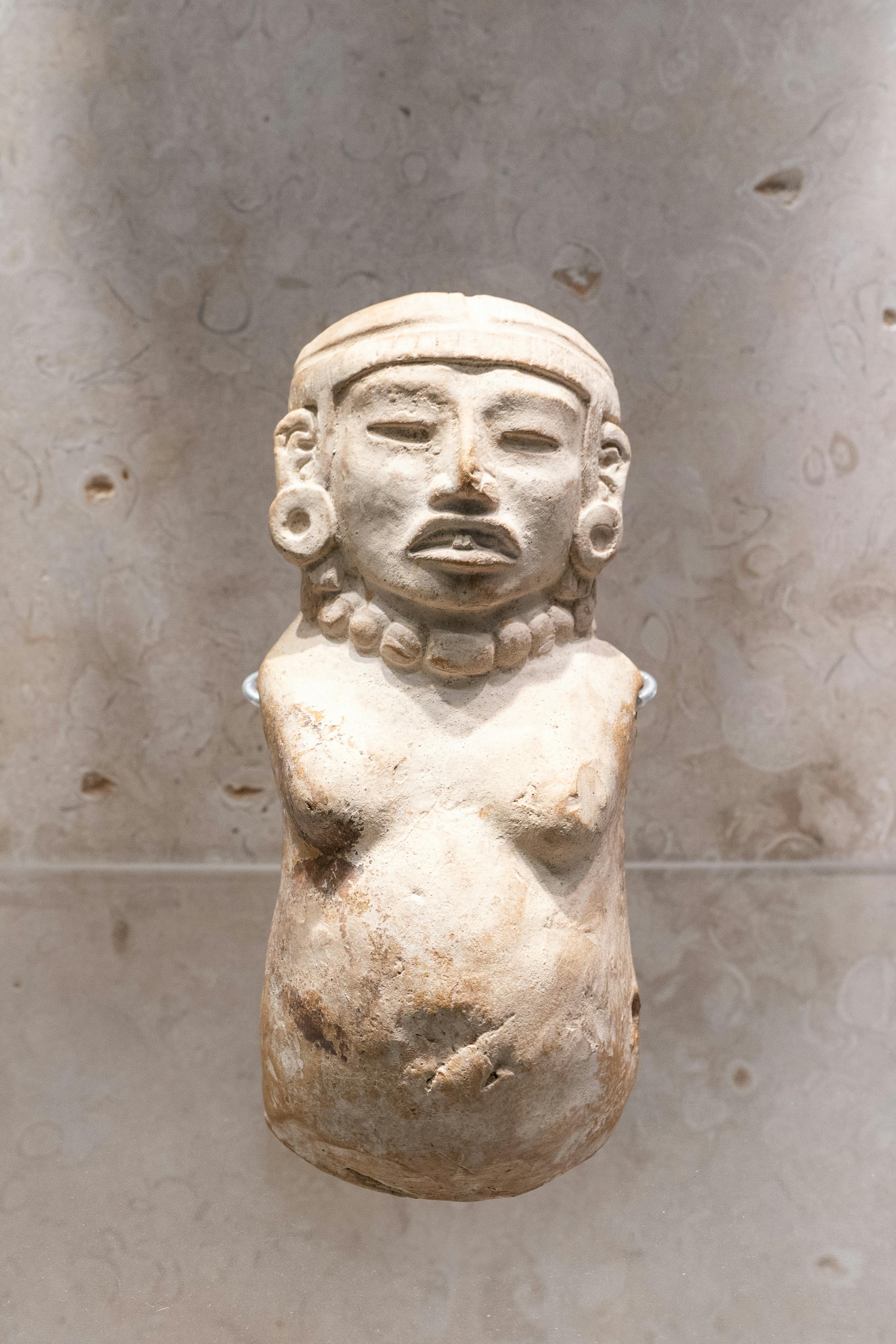
| Type | Description | Significance |
|---|---|---|
| Polychrome Vessels | Colorful pottery adorned with complex scenes and glyphs. | Used in ceremonial contexts and for royal feasts. |
| Effigy Vessels | Pottery shaped to represent figures or gods. | Often used in religious rituals. |
| Plain Ware | Simple, undecorated pottery used in everyday life. | Essential for domestic chores, such as cooking and storage. |
Finding fragments of ancient Maya pottery is like piecing together a storybook from a civilization that thrived long ago. These pieces tell us not just about the grand events but also the very essence of daily Maya life.
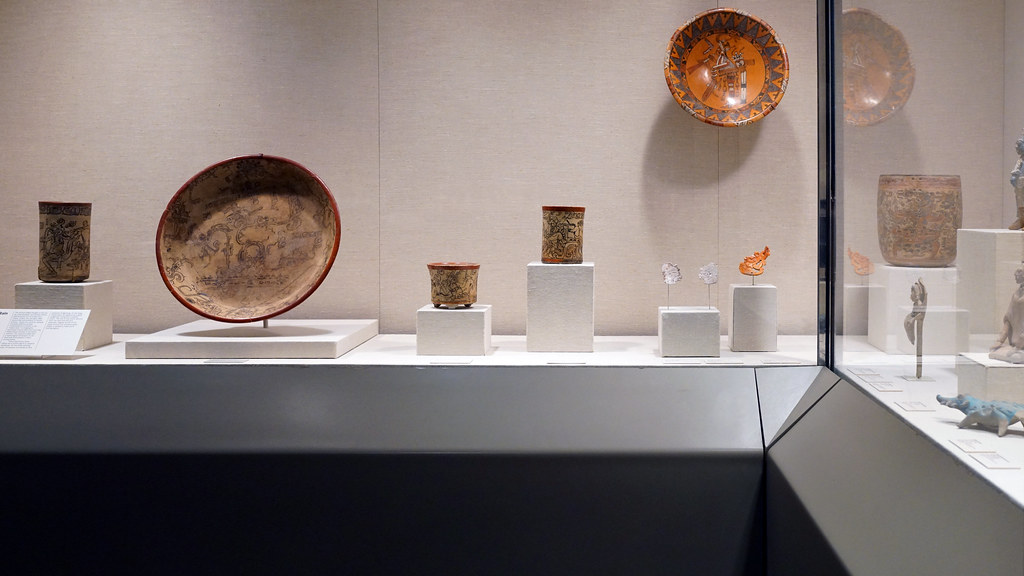
The Vibrancy of Polychrome Vessels
Imagine attending a royal feast, where colorful polychrome vessels not only serve food but enchant with their intricate scenes and glyphs. These vessels weren’t merely functional; they were canvases telling stories of gods, kings, and cosmic events. Each piece served to enhance the rituals and ceremonies, bringing a splash of color and a whisper of mythology to every occasion. The vivid artwork helps us understand what was valued and celebrated in Maya society, reflecting the complex interplay of religion and politics.
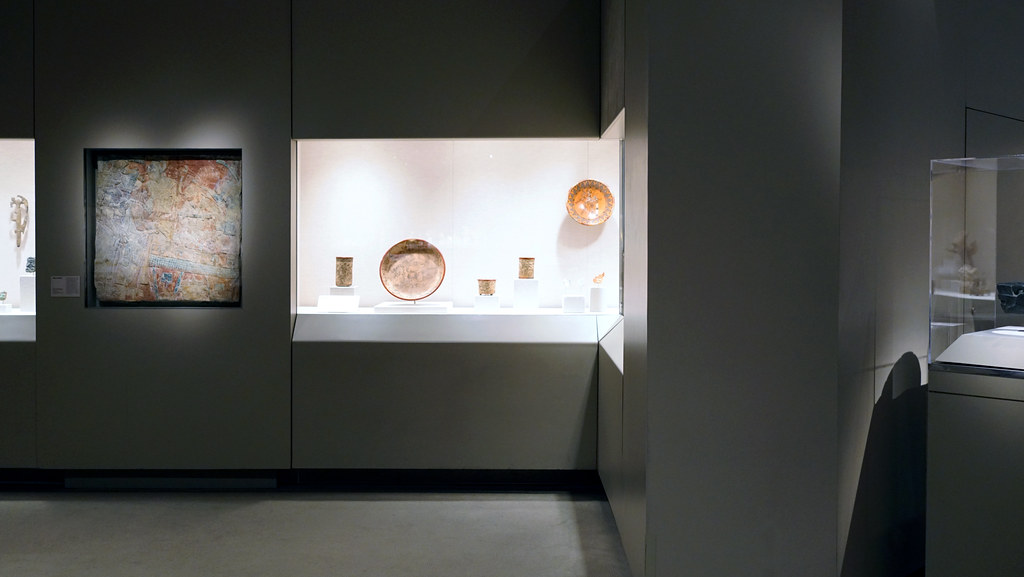
Effigy Vessels: The Divine in Clay
Effigy vessels transport us into the spiritual realm of the Maya, where pottery was molded not only to hold offerings but to embody deities and mythical figures. These pieces add dimension to our understanding of Maya rituals and religious practices, offering insight into the deities worshiped and the mythology that underpinned daily life. Ritualistic use of these vessels likely involved specific ceremonies, allowing participants to connect with the divine on a tangible level.
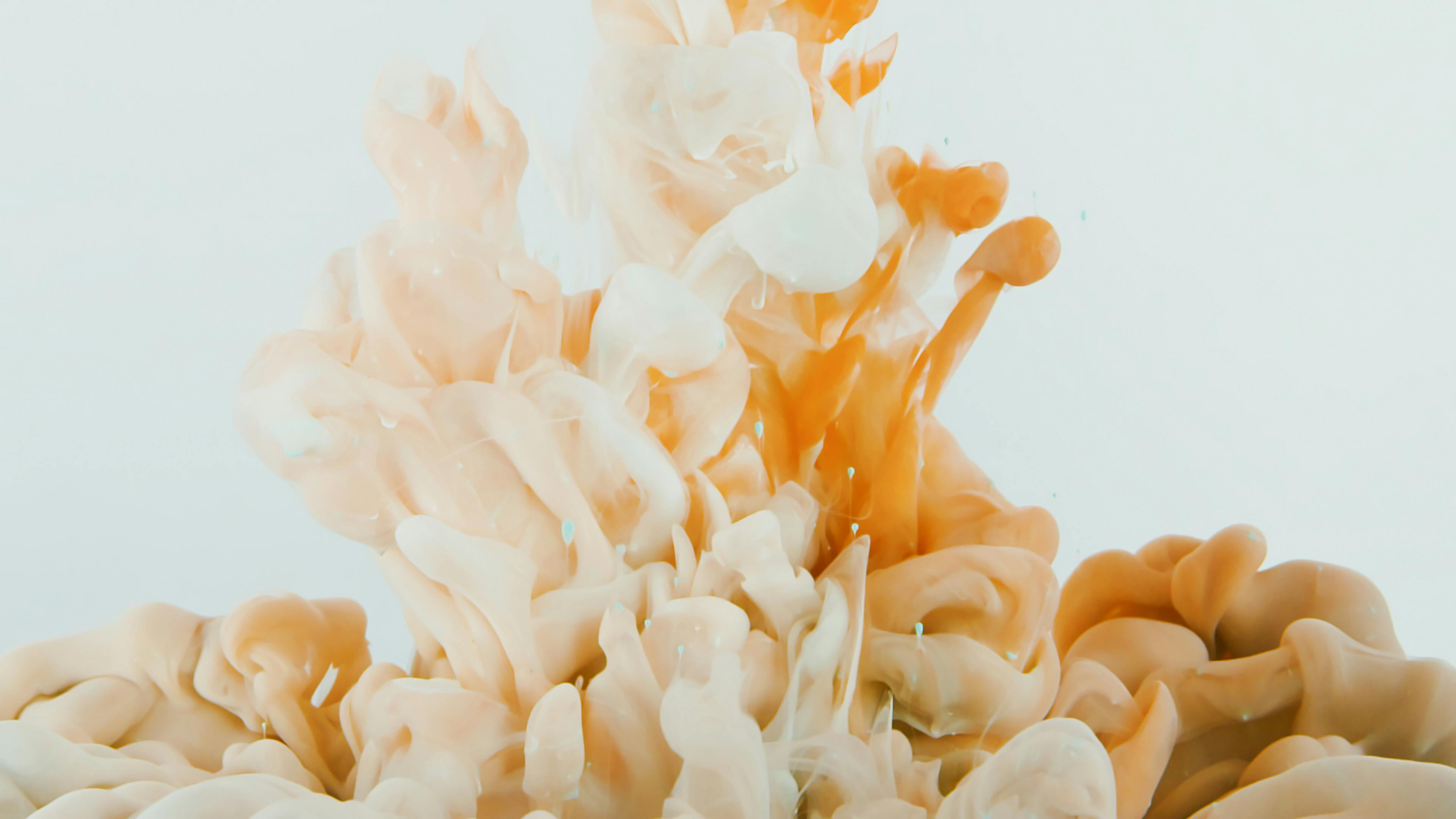
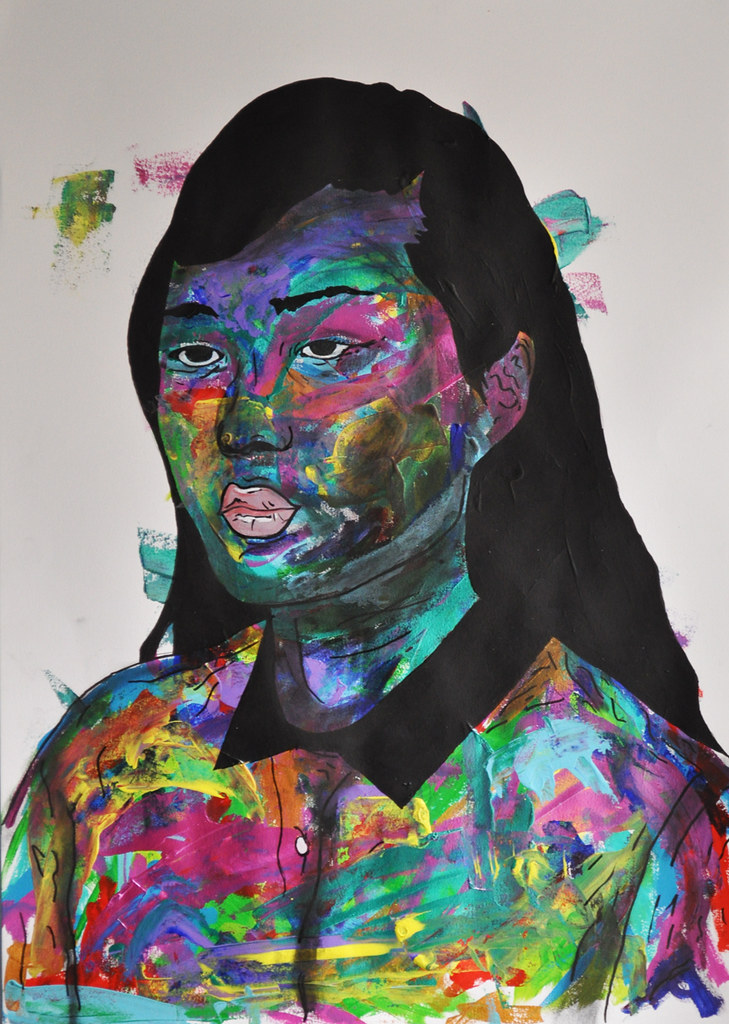
The Utilitarian Beauty of Plain Ware
While polychrome and effigy vessels might appear to steal the show, the humble plain ware forms the backbone of ancient Maya existence. Ubiquitous in cooking, storage, and transportation of goods, these unadorned pots facilitated the daily rhythms that sustained the Maya population. The simplicity of their design doesn’t detract from their importance; rather, it underscores a practical approach to managing household needs. Plain ware’s prevalence means these pots have been indispensable in archaeological studies, painting a vivid picture of domestic life.

The Artistic Process and Tools
Have you ever wondered how these splendid pieces were crafted? Maya potters showed remarkable skill, often building their pots by hand using the coiling method—a technique that involved stacking long pieces of clay to create the desired form. The artistry didn’t stop there: a wide variety of tools were employed to carve and paint, including brushes made from yucca leaves and pointed sticks for incising patterns. Potters kilned their works in fires, where the stability of temperature was crucial for achieving the right finish, especially for polychrome pieces.
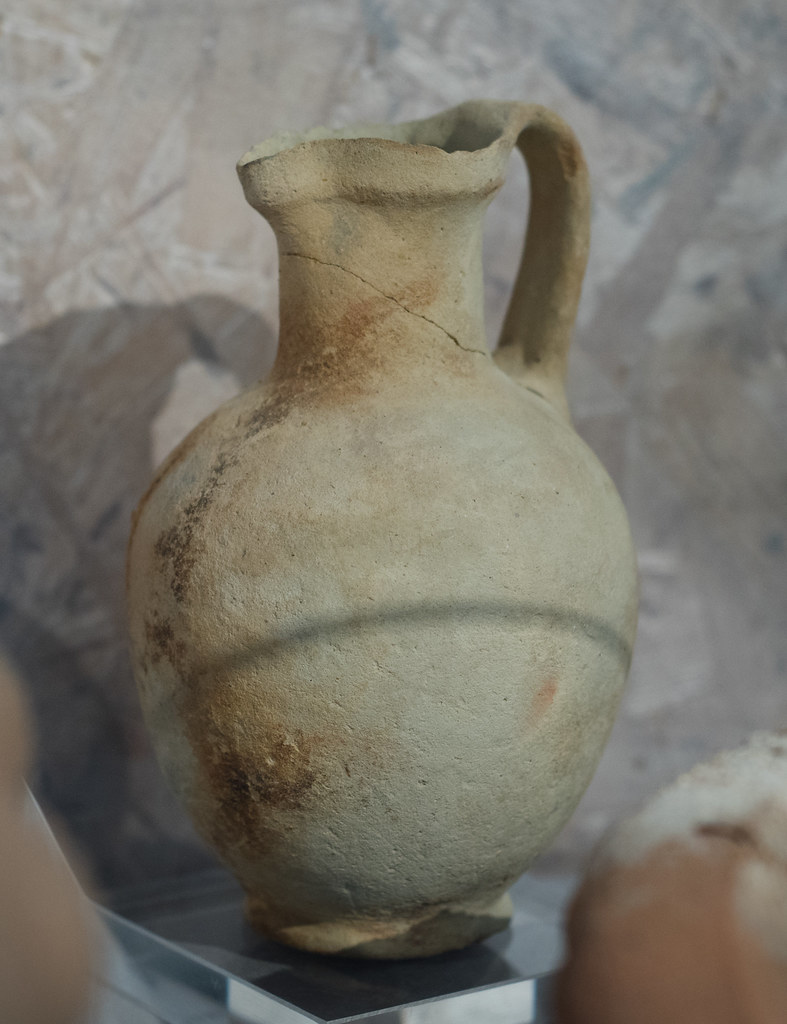
A Link Between Past and Present
Modern pottery in the Maya region still resonates with echoes of this rich tradition. Today, descendants of the Maya continue to create pottery, both as a means of cultural expression and economic livelihood, drawing on ancient techniques and patterns. Engaging with these works offers contemporary observers a tangible connection to the past—a testament to the enduring legacy of Maya craftsmanship. More information about these practices can be found in resources like the Getty Exhibition on Picture Worlds, which explores storytelling through pottery.
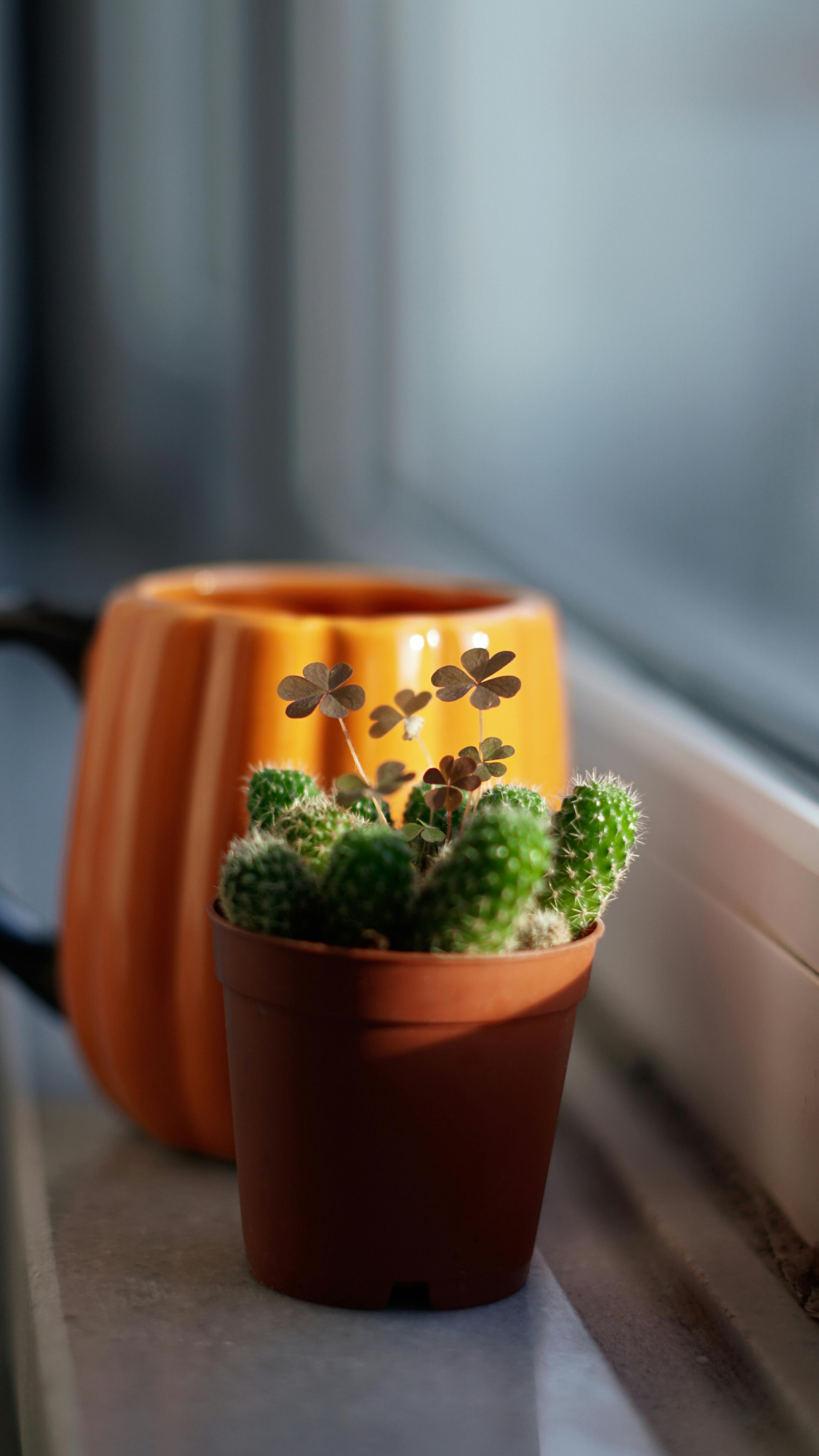
What struck you the most about ancient Maya pottery? Whether it’s the vibrant hues, the deep spirituality, or the everyday practicality, share your thoughts in the comments below. Let’s dive into a discussion about how these timeless treasures continue to captivate our imaginations! Explore our recent articles to discover more about similar topics in the world of art and architecture.
Art Maya Scribe Michael Coe
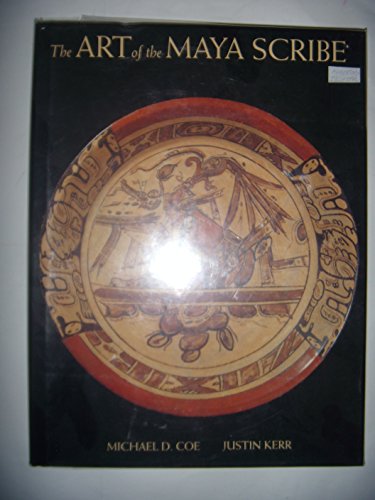
“Art of the Maya Scribe” by Michael Coe offers a captivating exploration of the intricate artistry and history of ancient Maya scribes. This richly illustrated book delves into the lives and contributions of these skilled artisans, whose work played a crucial role in illuminating the culture and customs of the Maya civilization. Ideal for history enthusiasts and art lovers alike, this title provides an engaging narrative supported by visual reproductions and detailed analysis, making it a must-have for anyone looking to deepen their understanding of ancient American cultures.
What Was Mayan Pottery Used For? – History Of Latin Cultures
Ancient Maya pottery provides a fascinating window into the rich tapestry of life, beliefs, and hierarchies within ancient Maya civilization. To explore the functions and significance of Mayan pottery further, watch the informative video “What Was Mayan Pottery Used For?” by History Of Latin Cultures.
What kind of pottery did the Mayans make?
If you’ve ever marveled at the artistry of ancient Maya pottery, it’s likely you were admiring polychrome ware. These richly colored and intricately decorated ceramics were especially prized by the elite, both as ornate display pieces and as a social currency. Maya polychrome pottery often featured vivid scenes from mythology or everyday life, revealing the deep cultural and spiritual significance of these ceramic masterpieces.
How much is Mayan pottery worth?
The value of original Maya pottery can vary greatly, largely due to factors like uniqueness, condition, and historical importance. On marketplaces such as 1stDibs, you might find authentic pieces ranging from around $550 to as high as $4,895, with an average price hovering at about $794. Truly rare or museum-quality artifacts, however, can fetch substantially more, reflecting their exceptional cultural heritage and artistic legacy.
What is the most famous ancient pottery?
While ancient Maya ceramics stand out for their vibrant designs, one of history’s most renowned pottery pieces is the Meidias hydria from classical Athens, Greece. Crafted around 420 BC, it was signed by the potter Meidias and adorned in the red-figure style by the Meidias Painter. This water jug exemplifies Greek excellence in ceramic art and continues to captivate historians and collectors—just as the finest Maya pottery does in its own right.
What is the earliest characteristically Mayan pottery found in the world?
Archaeologists have traced the oldest known Maya ceramics to Colha in Belize, with pottery fragments dating back approximately 3,000 years. Even more intriguing, stone agricultural implements from around 4,500 years ago were uncovered in the same region, pointing to a long continuum of cultural development. These discoveries help us appreciate how the Maya evolved their ceramic traditions over millennia, culminating in the sophisticated pottery we cherish today.
Ancient Maya pottery truly opens a window into the daily lives and profound beliefs of the Maya people. Each vessel not only reflects the exquisite craftsmanship and technical skill of its maker but also tells a story about the social structures and cultural practices of the time. It’s incredible to think about how these beautiful pieces have survived for centuries, continuing to inspire and educate us today.
Stay Connected and Explore More
If you found this dive into Maya pottery fascinating, make sure to stay connected for more insights and discoveries! Follow us on Instagram to explore stunning visuals and updates on ancient art and architecture. Let's keep exploring the wonders of history together!
Leave a Reply
Venture into a world where clay and creativity converge at JJClayStudio.com – where every piece tells a story. Unearth your next treasure and become part of the narrative that turns everyday moments into artful experiences.
